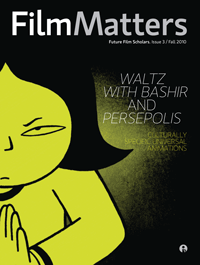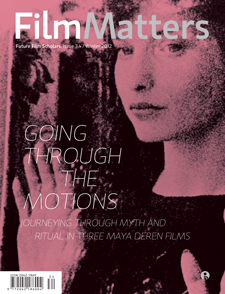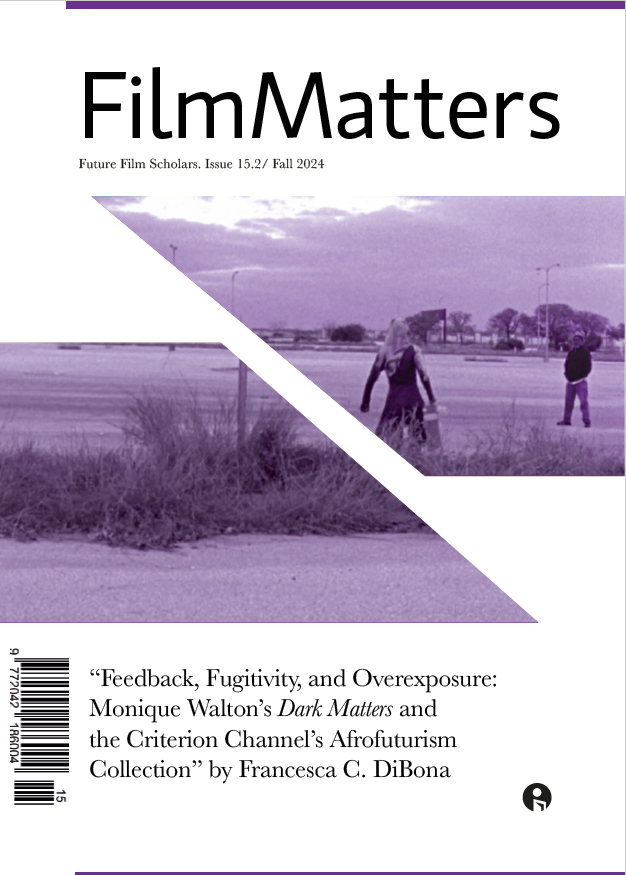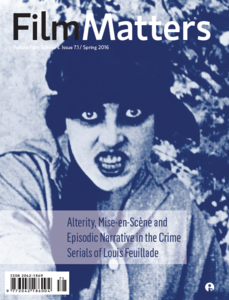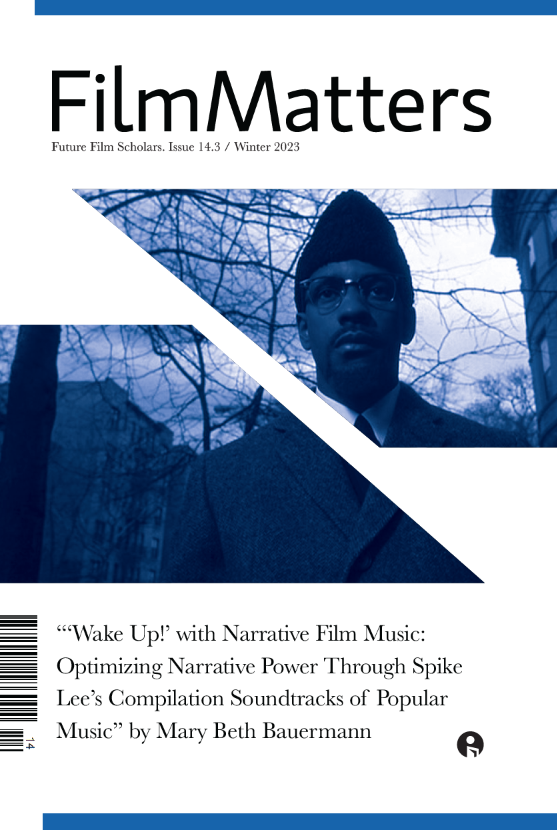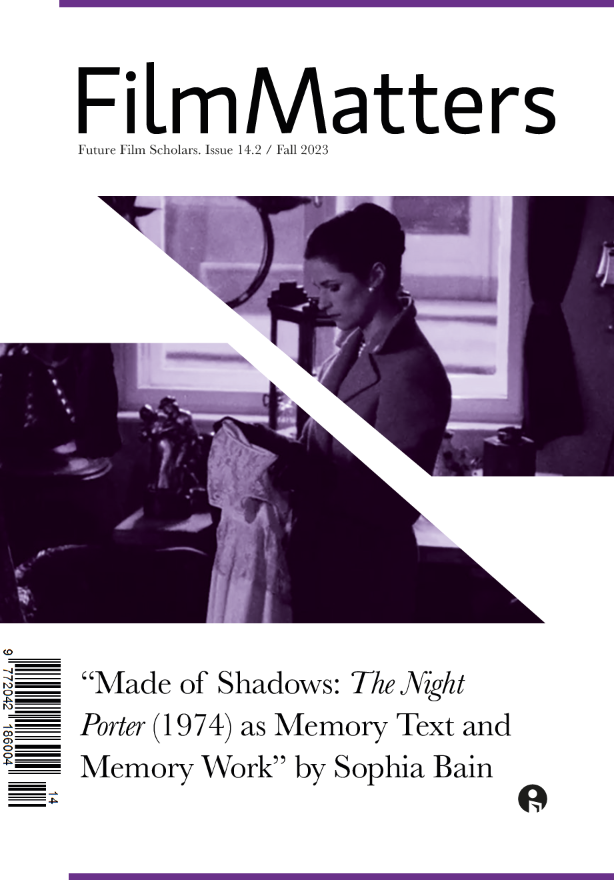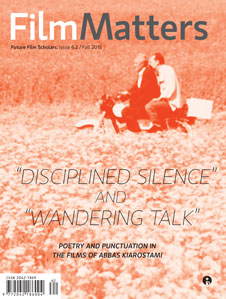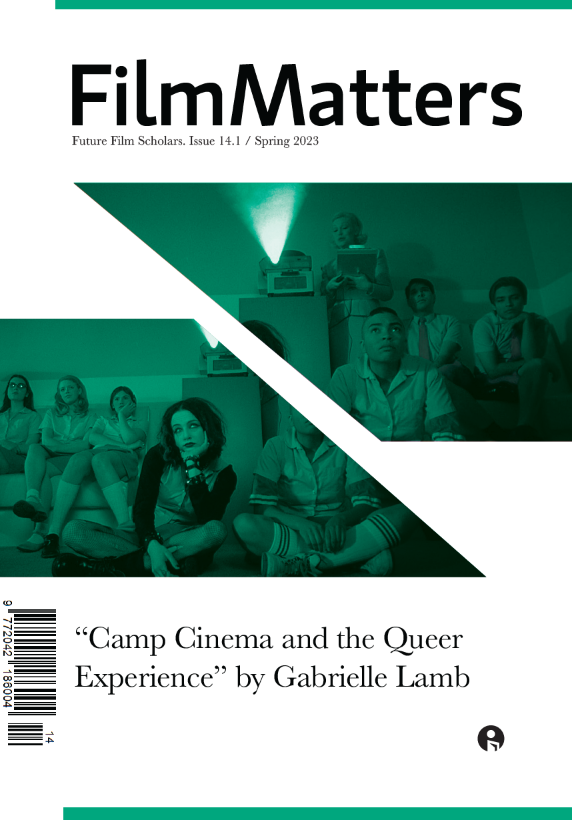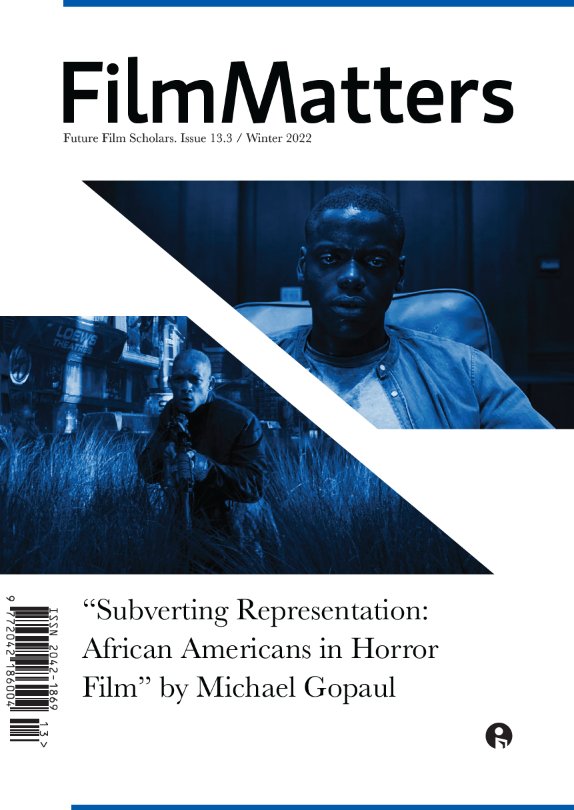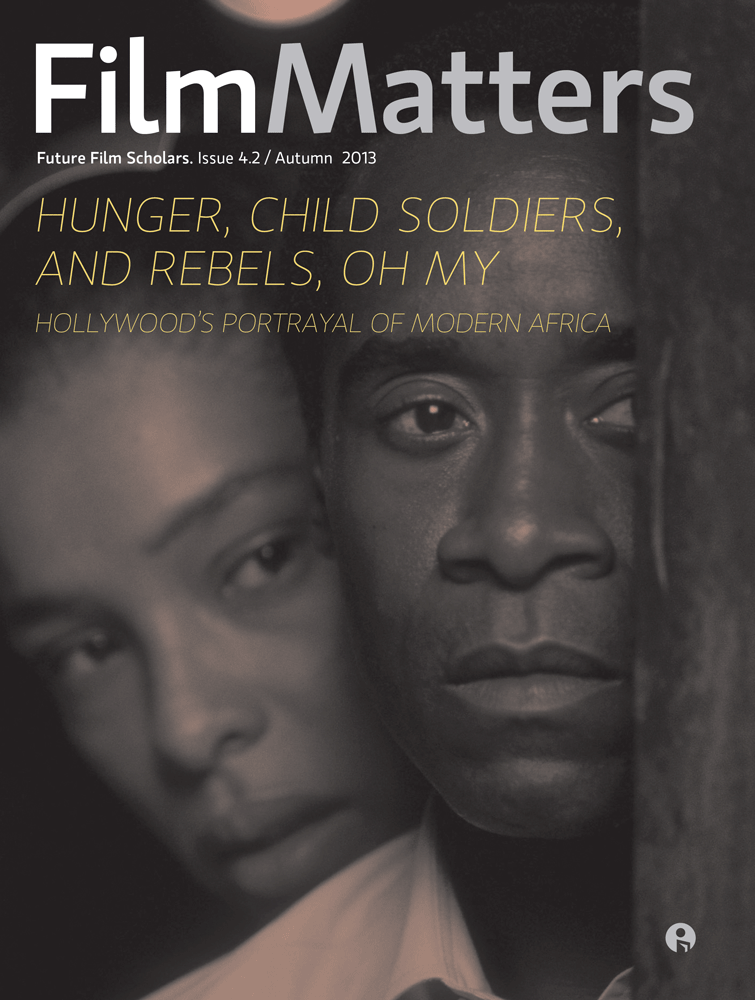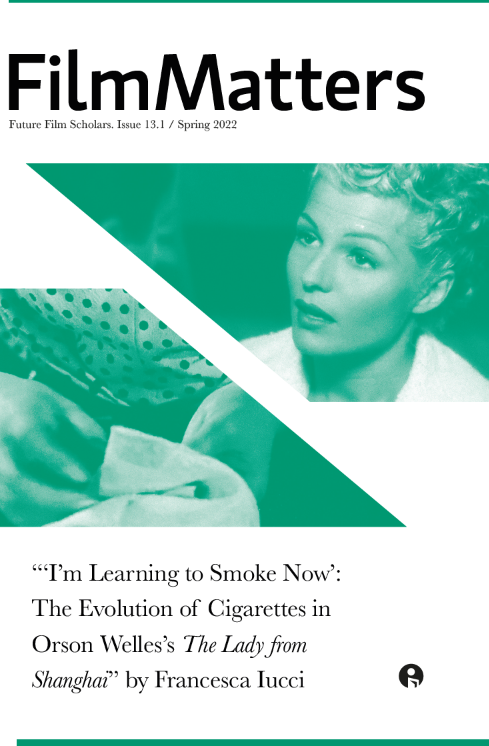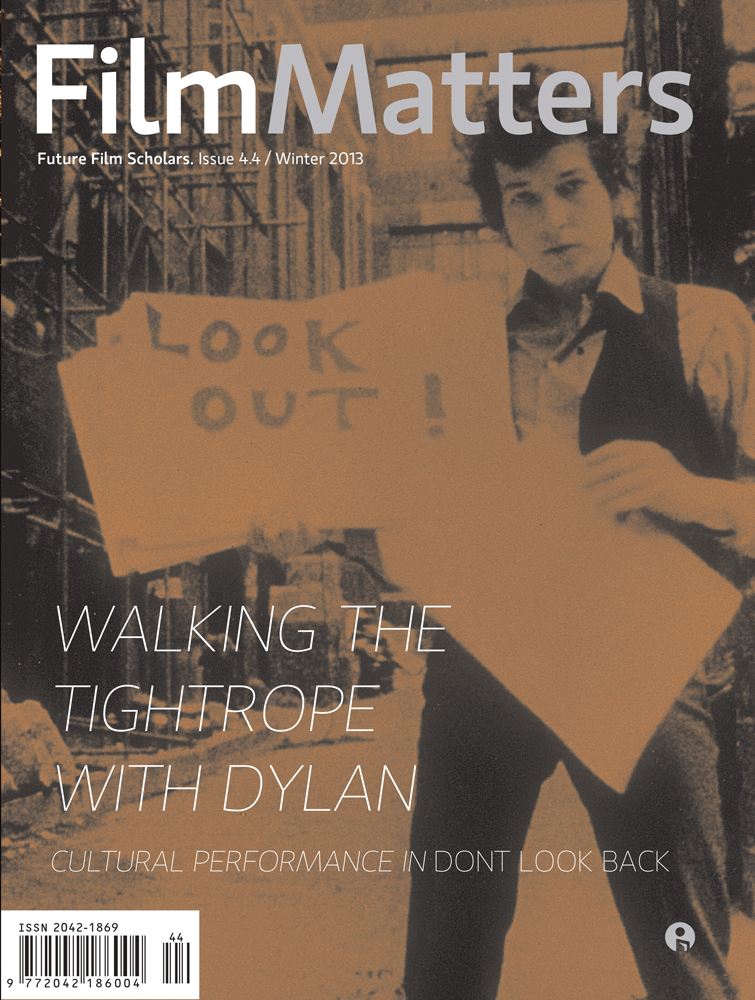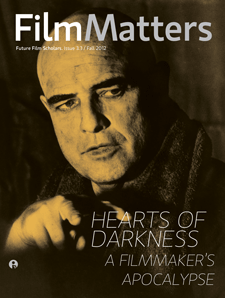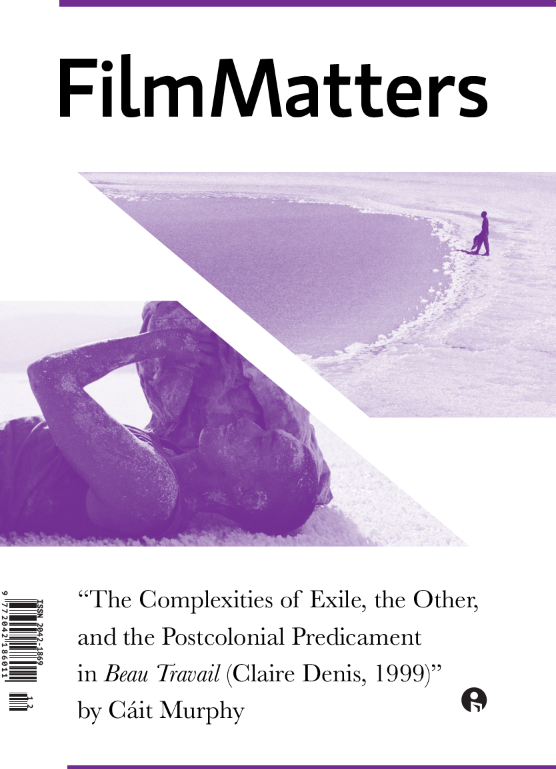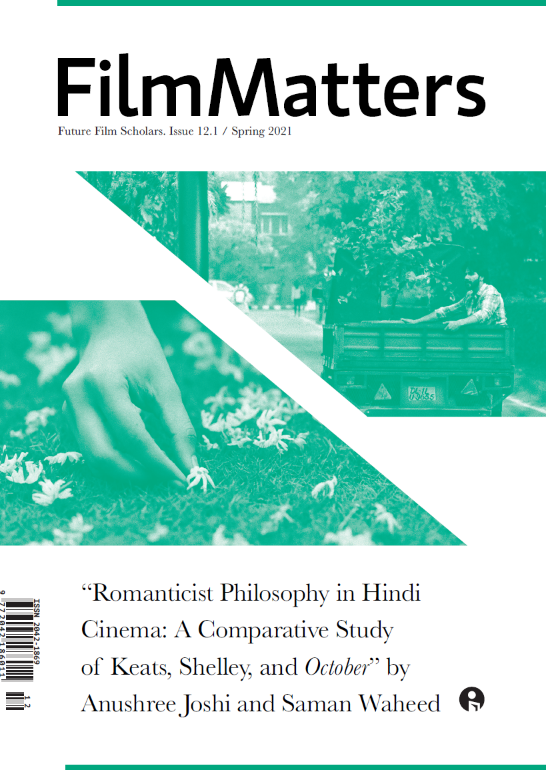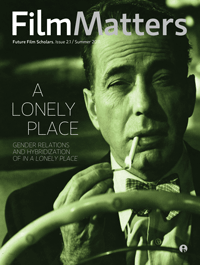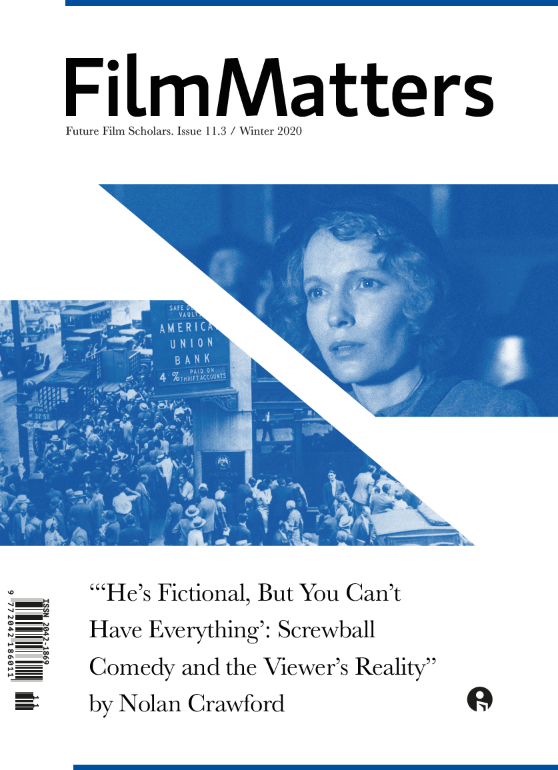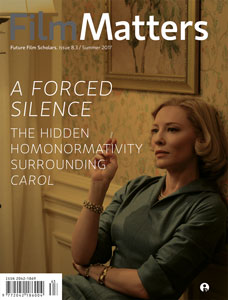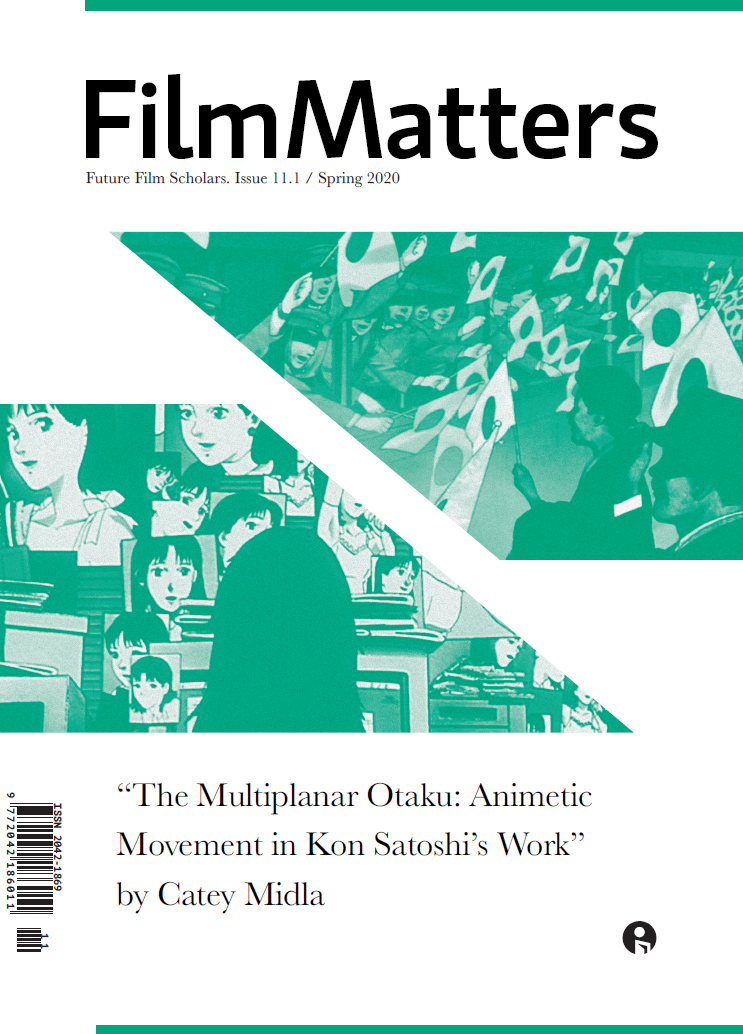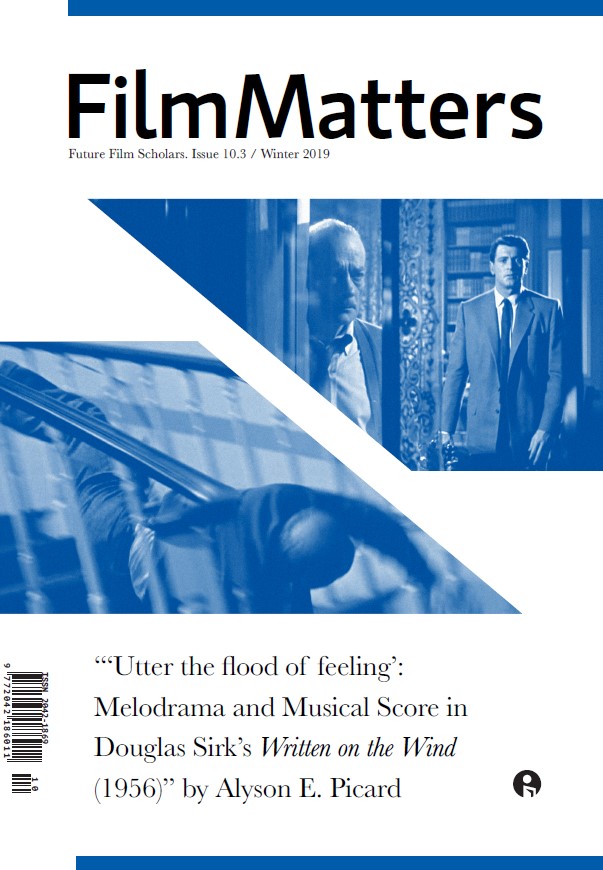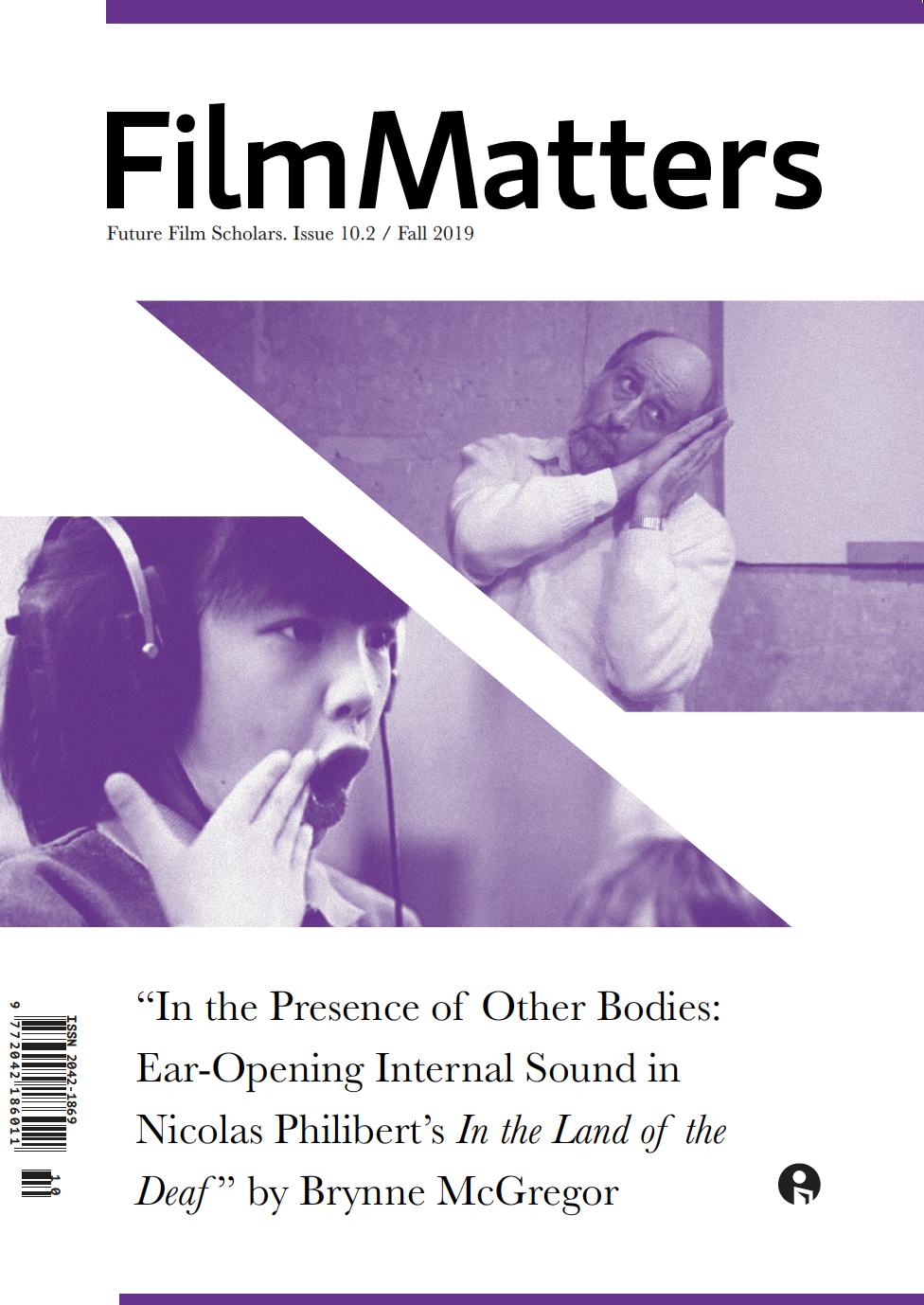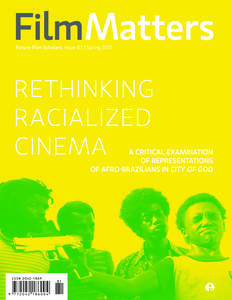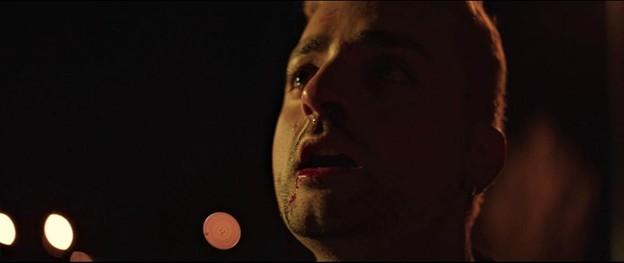
Streets of Colour is a film that knows its identity and wastes no time in showcasing that identity to the audience. The film depicts a number of complex issues, such as interracial relations, community, generational trauma, and grief. The film never shies away from portraying these struggles, but also manages to keep itself afloat, never getting bogged down in its own subject matter. What’s left is a film with a very clear path and message from the very opening scene.
The film follows Tez, a drug dealer struggling to be part of his son’s life. After the death of Tez’s best friend, Akachi, Tez is denied access to his son by his girlfriend, Akachi’s sister. The film follows Tez’s journey to get his life back on track after the tragedy. This includes a new relationship, getting sober, and leaving drug dealing behind. Despite his best attempts, the overwhelming nature of it all causes problems when Tez falls behind on paying his supplier. Throughout the film, Tez must find a way to face not only the external threats he’s facing, but the emotional damage caused by Akachi’s death.
The film does suffer at times from dialogue that can be described as on the nose. While the film centers interracial complexity, the dialogue between the characters is often too blunt to be believable when discussing these themes. This in turn affects the acting, which aside from the awkward dialogue is strong. This is especially apparent later in the film when Tez rediscovers religion. There are multiple long scenes where Tez is speaking with others about religion instead of the film visually showing Tez’s shift back into faith through his actions. This makes the scenes feel out of place in the wider story and hurts the pacing of the film’s back half.
Aspects of this film could be integrated together more seamlessly. For instance, Tez’s struggle with his son’s mother, his new romance, and his struggles with his supplier feel disjointed. This not only makes the pacing feel off, but it causes a jarring tonal shift. There are times when the film presents as a romance between Tez and his new girlfriend Madison (Figure 2), only to suddenly swerve to a gritty scene of Tez doing drugs and being hunted by his supplier (Figure 3). While these pieces of the story work together at times, making Tez’s life more complex and appealing to audiences, they need more intermingling. As it stands, they feel like they’re fighting for screentime.
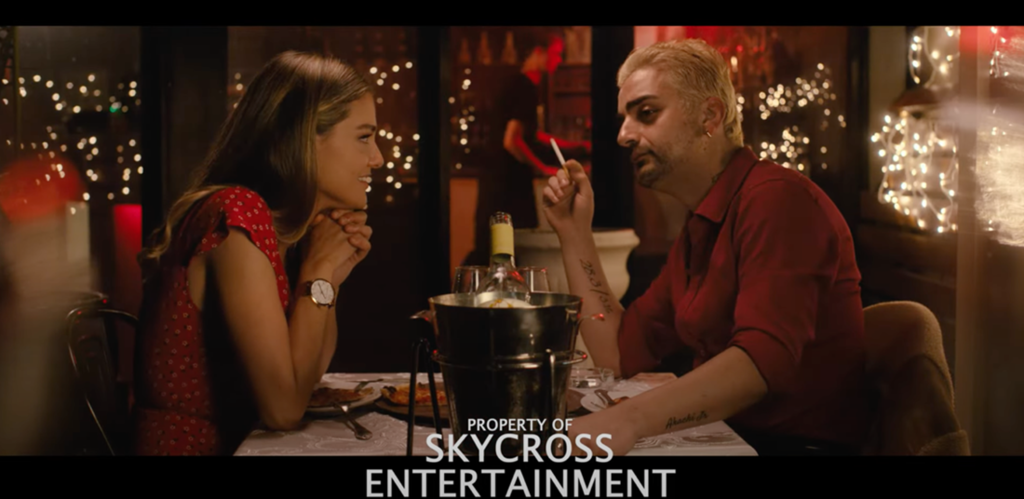
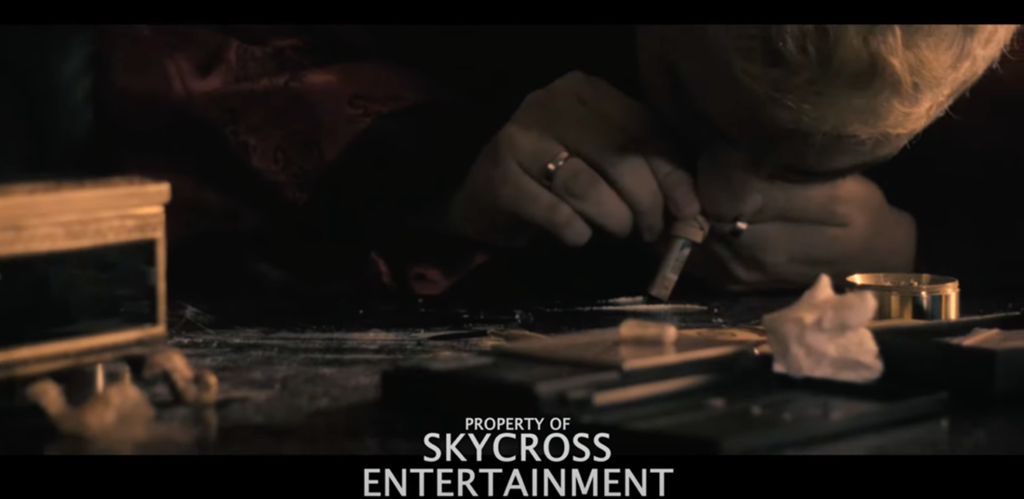
Despite these flaws, the fast-paced nature of the film works well with the story it’s telling. Tez’s many struggles are relatable, and viewers can connect with what feels like a constant barrage of setbacks across the narrative. The film shows Tez’s emotional response to what’s happening around him in a very raw way, which makes his journey all the more impactful. Just as impactful is the active role Tez plays in the film. While the conflict with his supplier and ongoing racial tensions in the community feel largely out of his hands, Tez makes multiple strides in his own recovery. These include rekindling his relationship with his aunt and entering a serious relationship with Madison. With so much of the film’s subject matter relating to complex real-world issues, it’s cathartic to watch a protagonist strive to better his life amid those difficulties. The film painstakingly shows Tez’s recovery process, including steps forward and his backslides. Tez is an interestingly introspective protagonist, having conversations about his worldview at several points throughout the film. This gives the audience an internal perspective into Tez’s world and his struggles. Tez feels like he is always just shy of turning his life around, making him a character both easy to champion and easy to become frustrated with, but most of all it makes him feel real.
While the film does have some tonal issues, its dedication to telling its story never wavers. The film goes full steam ahead even when dealing with extreme and difficult subject matter and it is in this raw depiction of Tez’s recovery that the film truly shines. The ending of Streets of Colour further emphasizes this, with Tez finding a new kind of balance in his life, but his journey is far from over. He’s achieved what he set out to do at the beginning of the film, finally being an active part of his son’s life; however, he’s found a new sense of purpose. It’s an end that’s indicative of the film’s wider progression. The film showcases a never-ending crawl toward a better life, even through hardship. By the time the film ends, the audience has grown with Tez and has perhaps found something new to strive for within themselves.
Streets of Colour is currently available to rent via Amazon Prime.
Author Biography
Holley Anne Brabble is a fourth-year student at the University of North Carolina Wilmington studying Film and Creative Writing. She enjoys watching and writing about film, as well as creating her own original screenplays. She recently completed her first original short film Balzarina (2024) and looks forward to spending more time on set and continuing her educational and creative endeavors.
Film Details
Streets of Colour (2023)
Australia
Director Ronnie S. Riskalla
Runtime 102 minutes

